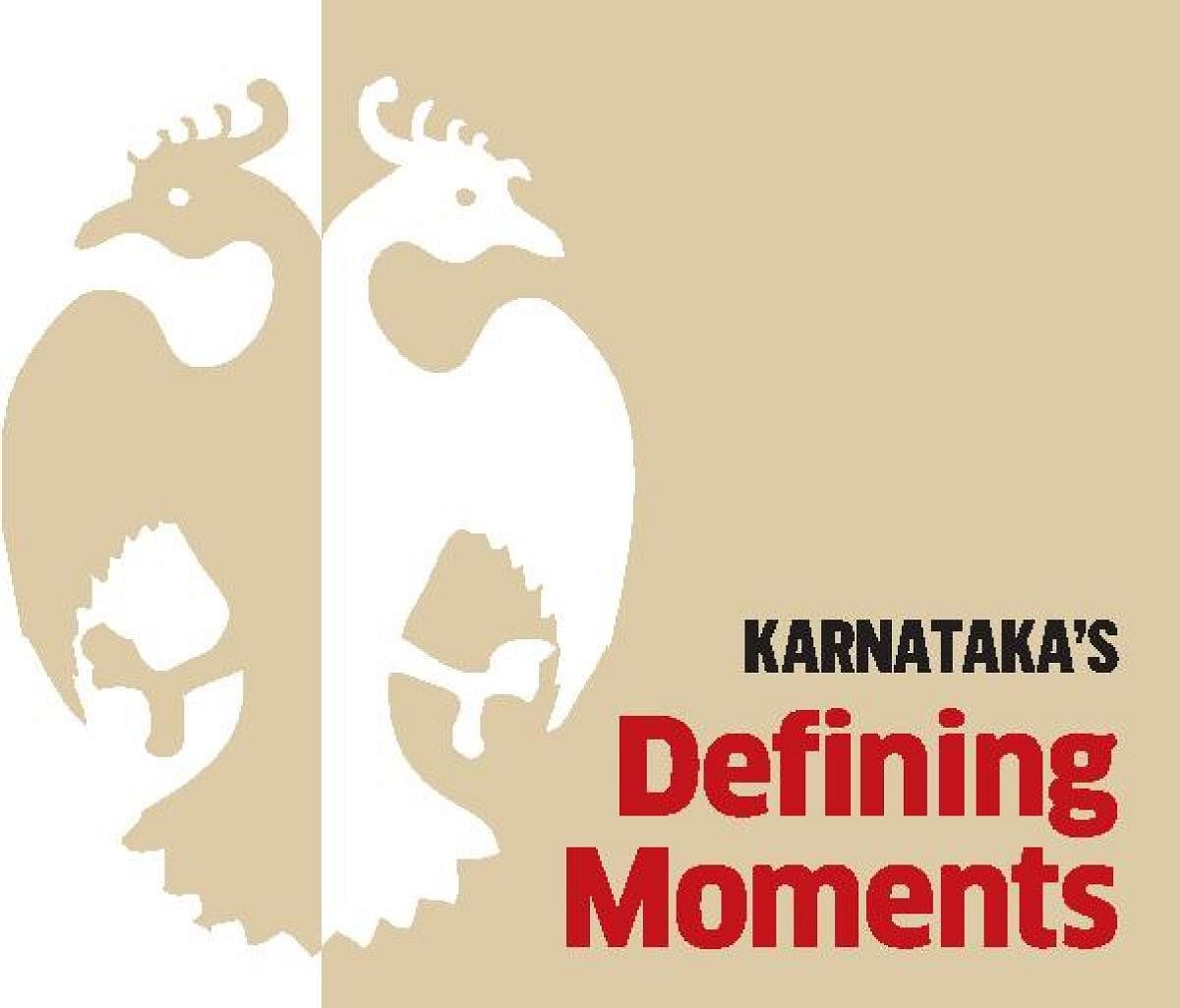

From late 1970s to early 1990s, the Dalit movement in Karnataka came to be regarded by those in power as the only political opposition worth taking seriously. Even the Raitha Sangha, with its social base among rich and middle peasantry who would otherwise keep Dalits at an arm’s length, showed a keen interest in forging an alliance with the Dalit Sangharsh Samiti (DSS) which spearheaded this movement.
The DSS strove to break new ground, although it was caught in certain definitive historical sympathies: There were the social reformist and devotional strands of Lingayatism and the Dasas; initiatives of the Mysore princely state in schooling, redistribution of land, and extending legislative representation and public employment to Dalits; Gandhi’s reformist Hinduism playing itself out in the deeply plural mosaic of sects and sant traditions of the region; and the Bhim Path of Shyam Sundar in Hyderabad-Karnataka region, that stressed on a Dalit-Muslim axis against Brahminism.
However, these sympathies could not be the roadmaps for Dalits following linguistic unification and separate statehood that led to entrenchment of dominant castes as never before.
Theory of action
By mid 1970s, Karnataka was a cauldron of mass movements. This groundswell led to the establishment of the DSS in 1977 and B Krishnappa was unanimously chosen as its convenor.
Its constitution released in 1984, and drawn up by leaders like B Krishnappa, O Sridharan, Devanuru Mahadeva, K Ramaiah, and Govindappa, highlights its ideology and theory of action: The manifesto stated that the DSS was opposed to capitalism, the feudal system, communalism and authoritarianism, and sought a casteless and classless society.
It declared its intent to unite all the exploited and identified its allies as workers, landless labour, poor peasants and those struggling against exploitation based on caste and class.
It argued that social humiliation cannot be brought to an end without a comprehensive change in the economic, political and cultural domains. It rejected the Hindu texts and saw the norms and beliefs contained there as chains that have bound Dalits to age-old servility.
It did not believe in religious conversion. It committed itself to struggle against atrocities and convert mass struggles into revolutionary struggles.
At the same time, it resolved to pursue the path of non-violence and upheld its belief in Parliamentary democracy. Although critical of all parties, it considered the left parties as its allies and saw the Congress as inimical to Dalit emancipation.
However, it decided to keep itself aloof from party politics.
Political strategy
DSS led some of the most memorable mass struggles in Karnataka against humiliation and indignity, for rights, freedoms, equality, resources and civic amenities, and against subjection to texts and rituals, official prejudices, and false claims of reservation. We cannot explain the sizzling grassroot Dalit leadership and better asset-holdings in land without these struggles. It held rallies in solidarity on cultural issues, wider Dalit concerns, against communalism and for communal harmony.
DSS employed a distinct style of mass politics: core groups of Dalit activists met at various levels and deliberated on their ideological stances, political positions, issues for mass mobilisation and struggles. They held rallies, protest meetings, picketing, sit-in strikes, boycott campaigns and solidarity struggles at various levels depending upon the issues and demands under consideration.
It is important to point out that Dalit women had a pronounced but critical presence in all these struggles. There were conscious attempts to ensure women participation in core groups as well as in mass protests.
Music, dance and poetry were widely employed in modes of public action, and even in core meetings.
DSS was known for employing innovative tactics such as sudden occupation of a site, sit-in protests, silent processions, hunger strikes, jathas, urulu seve (penitentiary rolling over) satyagraha, pamphlets, wall-writing etc.
There was a Dalit theatre movement that came into its own under the aegis of the DSS. Folk themes and instrumentalities were creatively woven in its performances.
Dalit writers subjected existing literature to scrutiny, underscoring the Brahminism woven into it. While many of them established a close relationship between literary practices and life-experiences, quite a few of them redefined the codes of literary creativity itself, as Devanuru Mahadeva did in Kusumabale.
Many works highlighted the contradictions of society, probed into questions of identity, and searched for a language of cultural protest and alternative cultural values.
Factionalism and breakdown
There were a set of interrelated issues that led to the breakdown of the DSS. The first had to do with the idea of the Dalit person and the relation with Hinduism, its culture and traditions.
The second divisive issue was political affiliation, as some leaders openly expressed their partisanship to the consternation of the others.
The third issue that fomented factionalism was the question of contesting elections as candidates of political parties.
The uneven distribution of resources and benefits that accrued to Scheduled Castes by law and state policy also led to differences.
While Dalits in Karnataka look at the heydays of the DSS with much nostalgia, resurrecting the Dalit movement today calls for redefining the role of the Dalit in the existing order of things.
(The writer is a former professor at Mangalore University and Jawaharlal Nehru University)